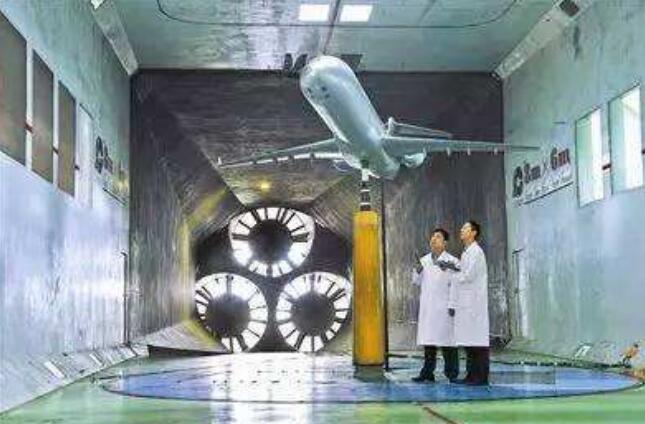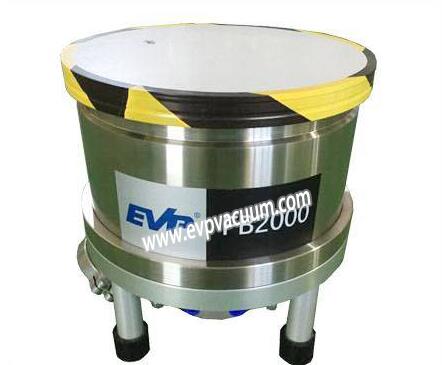vacuum pump in high altitude environment simulation
The space mission should be one of the most expensive research projects in human history, and its operation often costs a lot of money. The application environment of aerospace field is very special, such as solar radiation, cold and black environment, heat flow outside space, and other extreme environment. At this time, the performance test of spacecraft and other exploration equipment under the surface pressure environment can not meet the requirements of the actual environment.
Therefore, in order to ensure the normal operation of relevant equipment in space, researchers need to use vacuum technology to generate high vacuum and ultra-high vacuum environment, simulate various environments in space, and carry out thermal vacuum environment simulation.

For example, in the simulation test of spacecraft electric space propulsion system, ionized gas particles accelerate under the action of electric field, and the air flow generated by modern ion engine is 0.1 ~ 10 mg / s. In order to maintain a good high vacuum environment in the test, it is necessary to support with a relatively high suction capacity (usually in the range of 10000 to 100000 L / s).
Depending on the scale of the test, the environmental simulation module can be large or small, large enough to require thousands of cubic meters of space to test the reliability of spacecraft, or as small as a few liters to test small printed circuit boards. Xenon is the heaviest stable inert gas, which produces a very strong thrust for ion engines.
However, for the vacuum pump, the advantage of large driving mass is also a great challenge. One of the reasons is that the thermal conductivity of xenon is poor, which leads to the increase of critical temperature in the gas transfer vacuum pump. In addition, the vacuum pump unit is needed to achieve the required high pump speed.


